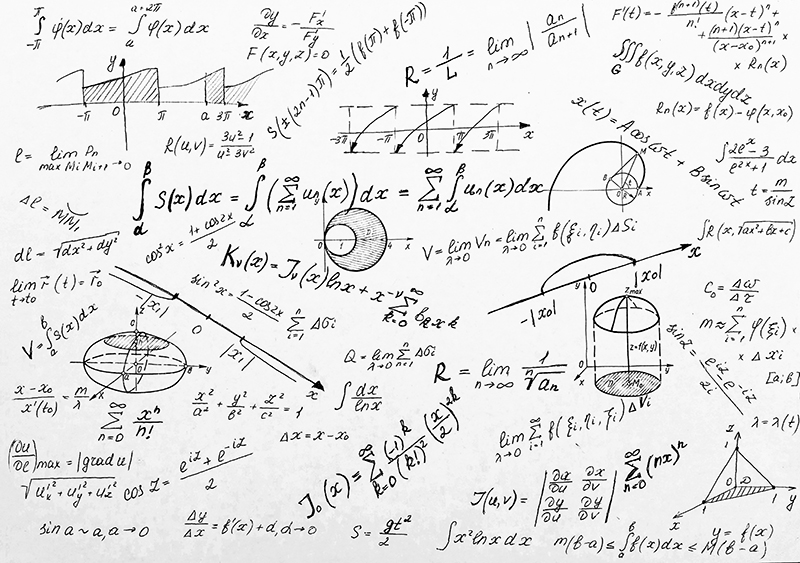

Two of its six core competencies explicitly mention quantitative skills: the ability to use quantitative reasoning and the ability to use modeling and simulation. Vision and Change ( AAAS, 2011) is one of the most influential documents in calling for change among life science majors to meet the needs of 21st-century life scientists. The arguments made by these organizations and societies not only are calls within the higher educational system in the United States but are part of a worldwide movement ( Matthews et al., 2010). They will need to be able to handle big data and think about and model complex systems, which requires more experience with statistics and modeling of dynamical systems ( National Research Council, 2003 Karsai and Kampis, 2010 AAAS, 2011).
#OTHER NAMES FOR ALL STUDENTS TAKE CALCULUS PROFESSIONAL#
Forward-thinking organizations and professional societies recognize scientists will need to interact with information in new ways.

Concerns range from students’ innumeracy ( Brent, 2004) to potential for misuse of mathematical models in making policy decisions ( White, 2001 May, 2004).

The case for integrating mathematics and computational science into biology curricula is well established. We also offer promising results on learning and attrition among life science students enrolled in traditional Calculus I versus the redesigned experiences.ĬALLS FOR IMPROVING QUANTITATIVE LITERACY-CAN CALCULUS HELP? These redesigned courses meet certification or graduate school and pre-med requirements but seek to engage students with more relevant content and empower them with metacognitive activities. Here, we present two alternative models for how Calculus I might be modified with stakeholder input to better meet the needs of life sciences programs. We point out where traditional content versions of these courses fall short of these needs, particularly with respect to modeling skills and student attrition. We discuss how mathematics courses such as calculus are related to competencies outlined in curricular reform documents such as Vision and Change ( American Association for the Advancement of Science, 2011). In this paper, we aim to equip faculty and administration, particularly of undergraduate life science departments, to have productive discussions about the quantitative skills and training of their students. Therefore, these redesigned calculus courses hold promise in helping life science undergraduate students attain Vision and Change recommended competencies. When life science students enrolled in these redesigned calculus courses are compared with life science students enrolled in traditional calculus courses, students in the redesigned calculus courses learn calculus concepts and skills as well as their traditional course peers however, the students in the redesigned courses experience more authentic life science applications and are more likely to stay and succeed in the course than their peers who are enrolled in traditional courses. This includes presenting a process for interdisciplinary development and implementation of biology-oriented Calculus I courses at two institutions with different constituents, goals, and curricular constraints. We equip faculty with information to engage in dialogue within and between disciplinary departments involved in quantitative education. Here, we present an alternative: a model for learning mathematics that sees the partner disciplines as crucial to student success.

As a result, and because of perceived lack of its contribution to the understanding of biology, calculus is being actively cut from biology program requirements at many institutions. Calculus is one of the primary avenues for initial quantitative training of students in all science, technology, engineering, and mathematics fields, but life science students have been found to underperform in the traditional calculus setting.


 0 kommentar(er)
0 kommentar(er)
